Upgrading your vehicle with aftermarket parts can be tempting, but not all mods deliver the value they promise. Some upgrades might seem like a good idea at first, but they could end up being more trouble than they’re worth. In this article, we’ll explore 15 common aftermarket upgrades that could be a waste of money, helping you make smarter choices for your ride.
Contents
Cold Air Intakes
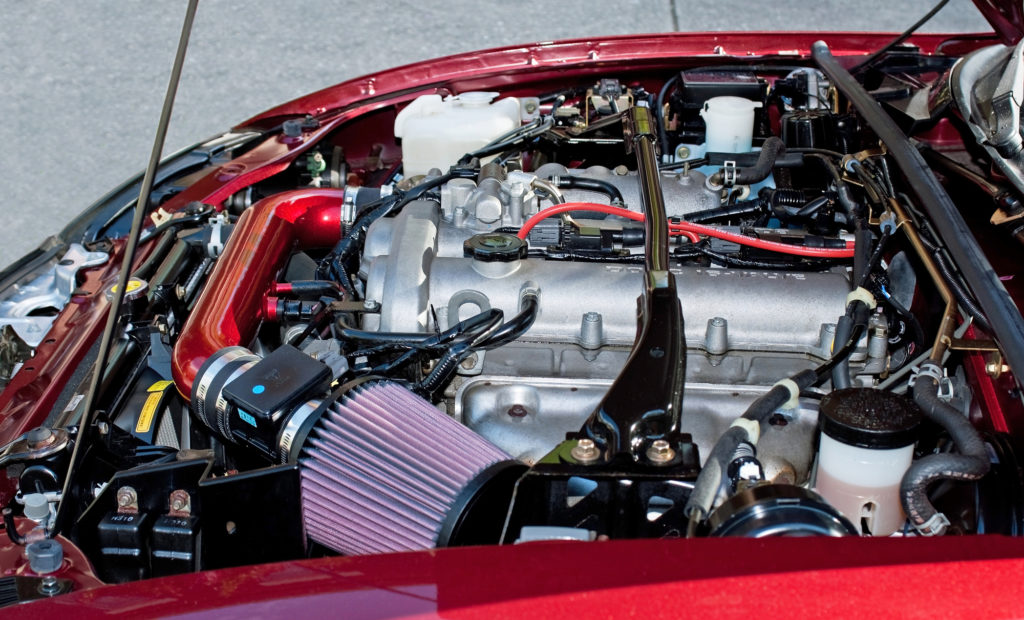
Cold air intakes are often marketed as a way to boost your car’s horsepower by drawing in cooler air, but the actual gains are usually minimal unless you’re driving a high-performance vehicle with a heavily modified engine. In many cases, these systems don’t significantly outperform the stock intake and can even lead to reduced engine efficiency if not properly tuned. Additionally, they can cause issues with your car’s warranty and emissions compliance.
High-Performance Spark Plugs
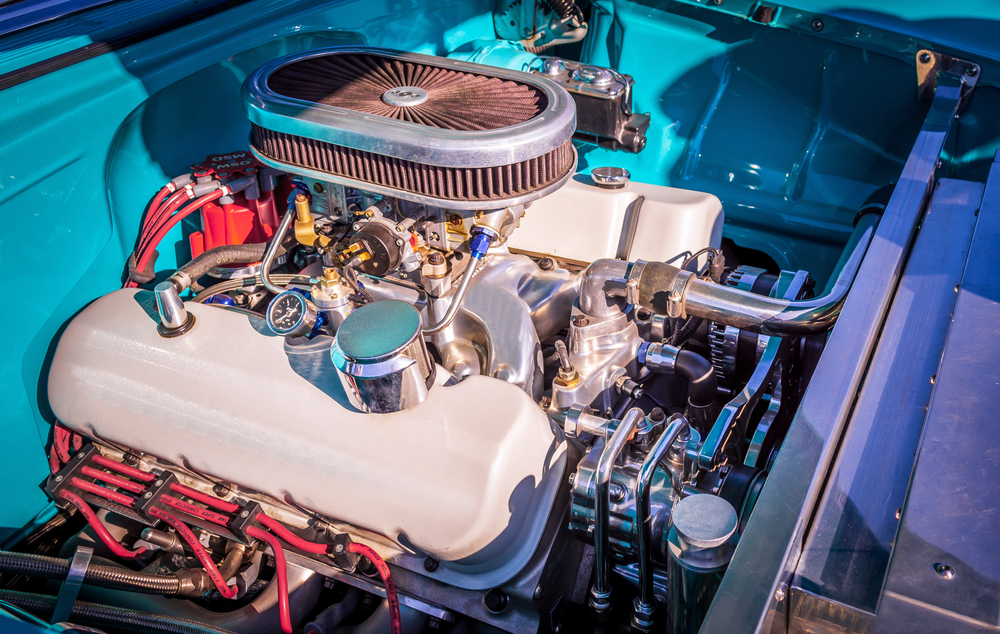
While high-performance spark plugs may promise better combustion and increased horsepower, the reality is that most modern engines are already optimized for the spark plugs they come with. Upgrading to more expensive plugs rarely offers noticeable improvements in performance or fuel economy. In some cases, they might even lead to misfires or other engine issues if they aren’t compatible with your vehicle’s specific engine design.
Oversized Wheels and Tires

Oversized wheels and tires might look great, but they can negatively impact your vehicle’s handling, acceleration, and fuel efficiency. The added weight and altered suspension geometry can strain your car’s drivetrain and brakes, leading to premature wear. Additionally, the cost of larger tires and custom wheels can be exorbitant, often without providing a tangible performance benefit.
Cheap Exhaust Systems
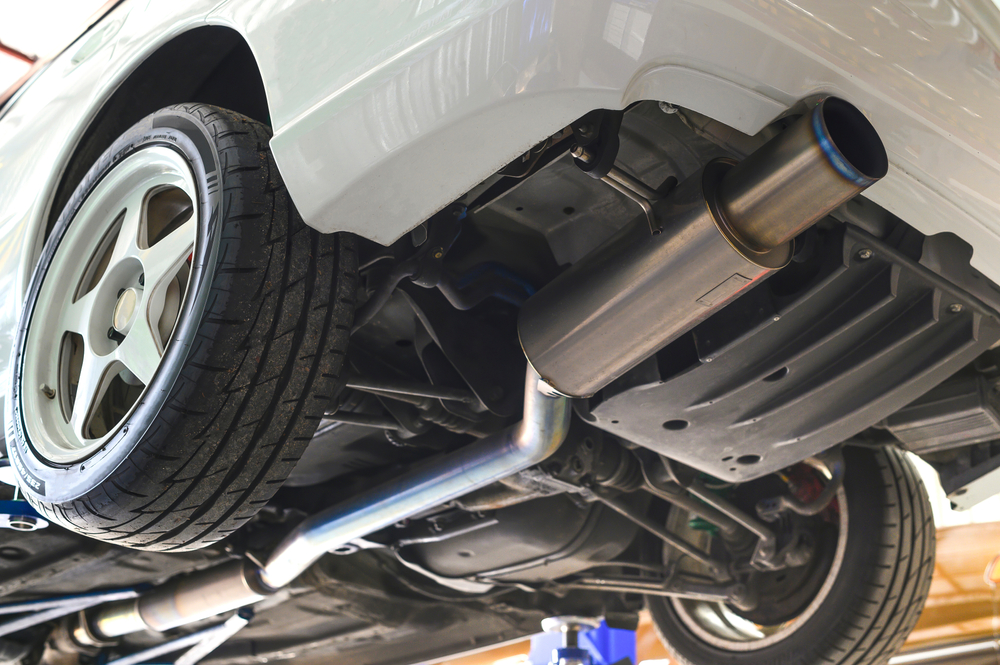
Aftermarket exhaust systems are often touted as a way to increase power and produce a more aggressive sound. However, cheap exhaust systems can be poorly designed, leading to decreased performance, excessive noise, and even exhaust leaks. The materials used in these systems may also corrode quickly, requiring frequent replacements. A high-quality exhaust upgrade can be worth it, but cheap alternatives are often a waste of money.
Underdrive Pulleys
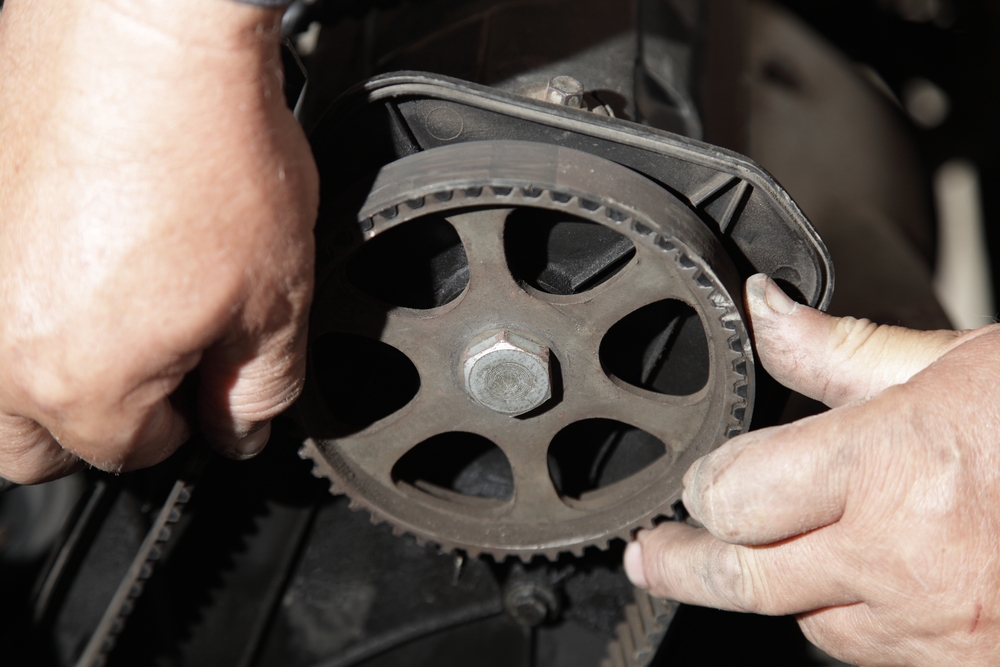
Underdrive pulleys are designed to reduce the power consumed by engine accessories, theoretically freeing up horsepower. However, the actual performance gains are typically minimal, and they can lead to issues with your vehicle’s alternator, power steering, and air conditioning. The reduced accessory drive speed can cause these systems to underperform, especially at idle or low RPMs, making underdrive pulleys a questionable upgrade for most drivers.
Drilled and Slotted Brake Rotors
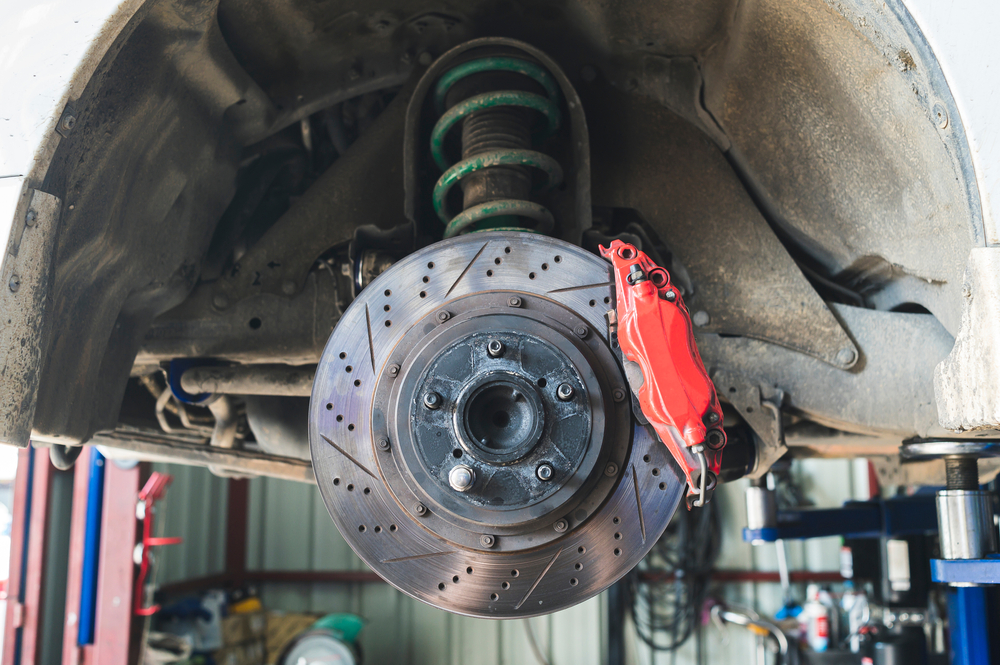
Drilled and slotted brake rotors are often marketed as a performance upgrade for improved braking. However, for everyday driving, they offer little to no advantage over standard rotors and can even be detrimental. The drilling and slotting can weaken the rotors, making them more prone to cracking under stress. Additionally, they often wear out brake pads faster, leading to more frequent and costly replacements.
Lightweight Flywheels
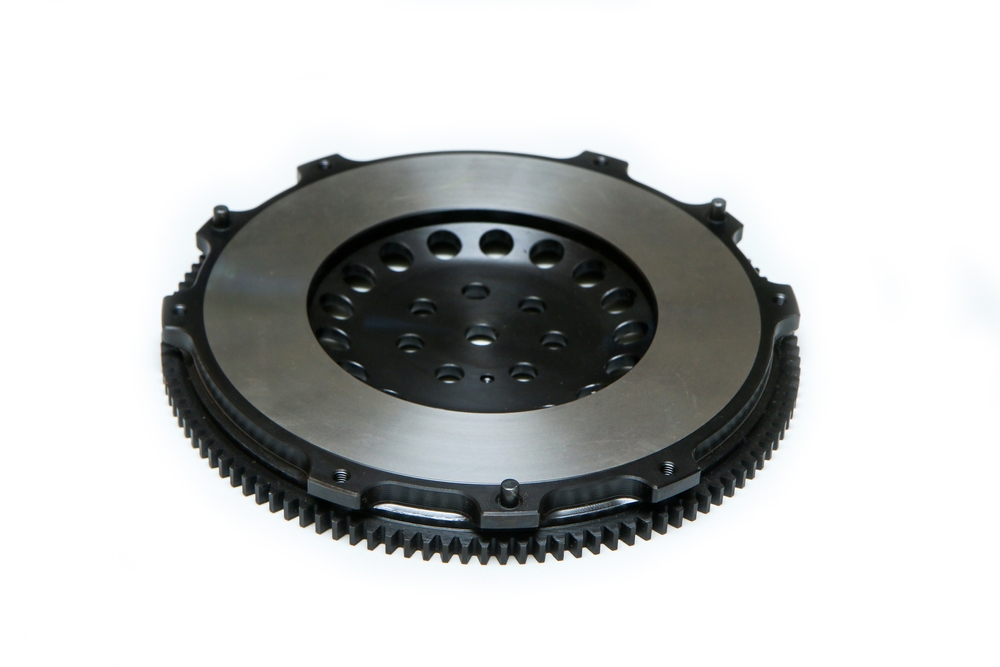
A lightweight flywheel can improve throttle response and reduce rotational mass, but the trade-offs may not be worth it for most drivers. These flywheels can make daily driving less comfortable by causing the engine to stall more easily and making gear changes jerkier. The benefits are typically only noticeable in high-performance or track-focused vehicles, making them a questionable investment for a street-driven car.
Aftermarket Spoilers
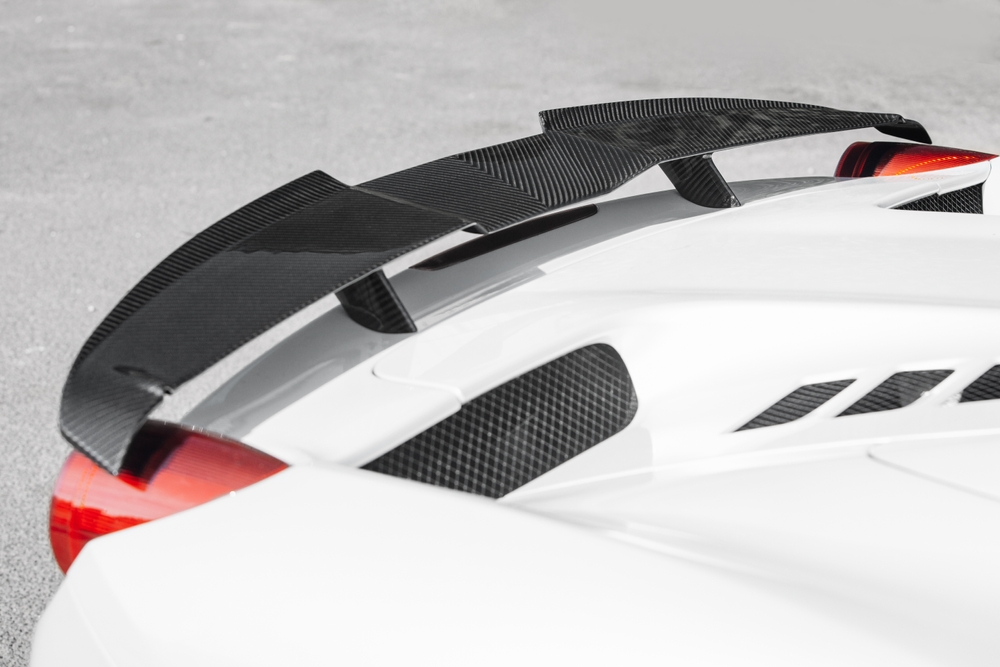
While spoilers can enhance a car’s aerodynamics at high speeds, most aftermarket versions are purely aesthetic and provide little to no functional benefit. Poorly designed spoilers can even create drag, reducing fuel efficiency and making your vehicle harder to handle at speed. Unless you’re driving at racing speeds, the added weight and questionable aerodynamics make aftermarket spoilers a poor investment.
Mass Airflow Sensor Upgrades
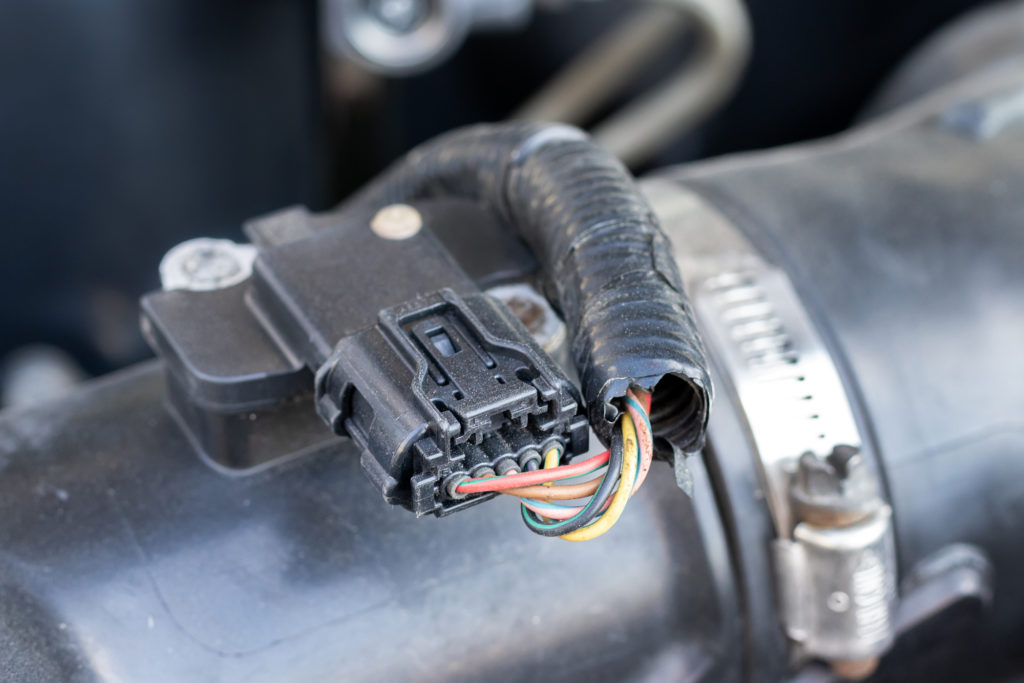
Upgrading the mass airflow (MAF) sensor is often suggested as a way to increase engine performance by allowing more air into the engine. However, the factory-installed MAF sensors are usually calibrated specifically for your engine, and aftermarket versions can cause inaccurate air-fuel mixtures, leading to reduced performance or even engine damage. Without proper tuning, a MAF sensor upgrade can do more harm than good.
Performance Chips and Tuners
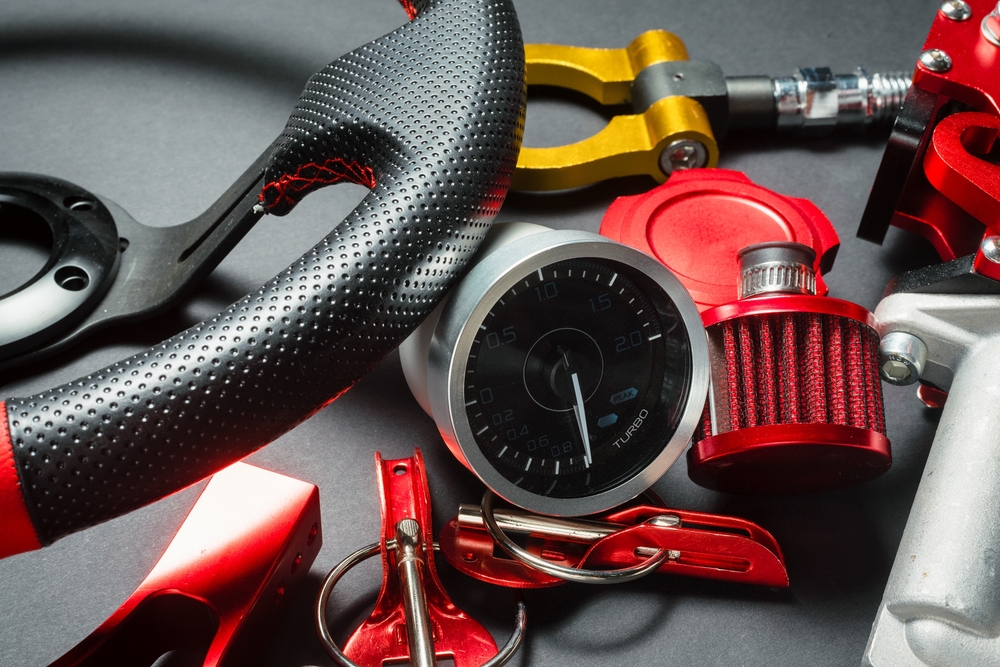
Performance chips and tuners claim to unlock hidden horsepower by modifying your engine’s computer settings. While they can offer some gains, they often require precise tuning and can void your vehicle’s warranty. In some cases, these devices can cause engine knock, reduce fuel efficiency, or lead to long-term engine damage if not properly managed. For most drivers, the risks outweigh the potential benefits.
Non-Brand Name LED Headlights

Non-brand name LED headlights are often marketed as a cheaper alternative to high-quality OEM or reputable aftermarket options. However, these lights can suffer from poor build quality, inadequate brightness, and inconsistent color temperature. They may also lack proper heat dissipation, leading to premature failure. In some cases, they can even be illegal if they don’t meet local lighting regulations.
Fake Hood Scoops

Fake hood scoops are purely cosmetic and offer no performance benefit, yet they can be surprisingly expensive. They can also detract from your car’s aesthetics, especially if they are poorly installed or made from cheap materials. Additionally, fake scoops can trap dirt and debris, leading to paint damage or even corrosion over time. For those looking for real performance gains, fake hood scoops are a waste of money.
Aftermarket Sunroofs
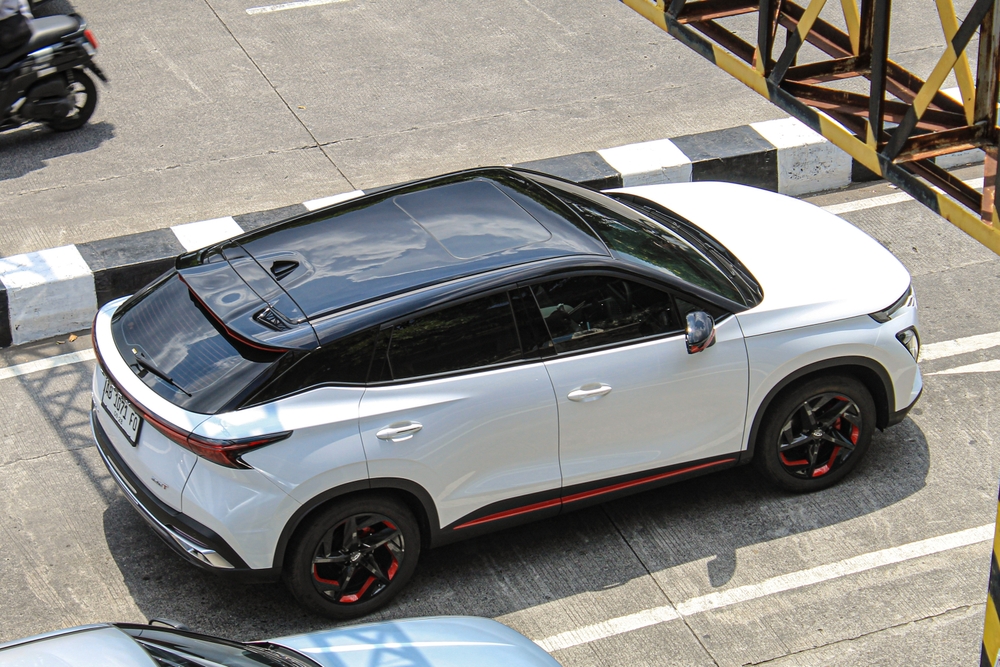
Aftermarket sunroofs might seem like a fun addition, but they often come with a host of issues. Poor installation can lead to leaks, rattling, and wind noise, while cheaper models may not match the quality of factory-installed sunroofs. Additionally, cutting into your car’s roof can weaken its structural integrity, potentially compromising safety in the event of a rollover. The potential downsides make aftermarket sunroofs a risky and costly upgrade.
Wheel Spacers
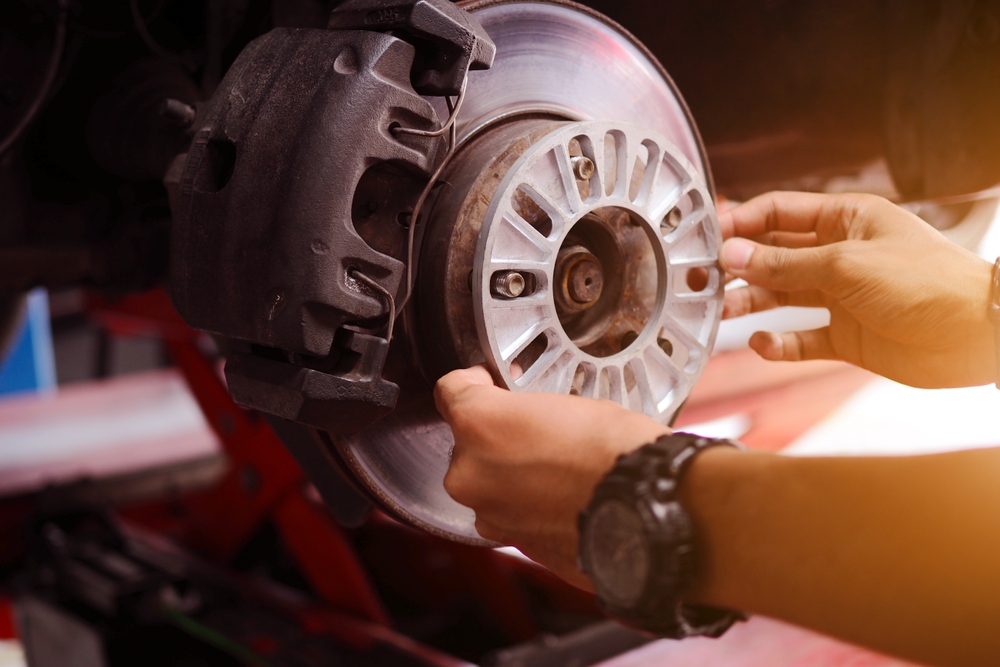
Wheel spacers are often used to achieve a more aggressive stance by pushing the wheels outwards. However, they can put additional stress on your vehicle’s suspension and wheel bearings, leading to premature wear. Poorly made spacers can also cause vibrations and even result in wheel failure if they aren’t installed correctly. The risks involved with wheel spacers often outweigh the aesthetic benefits.
Aftermarket Fuel Pressure Regulators
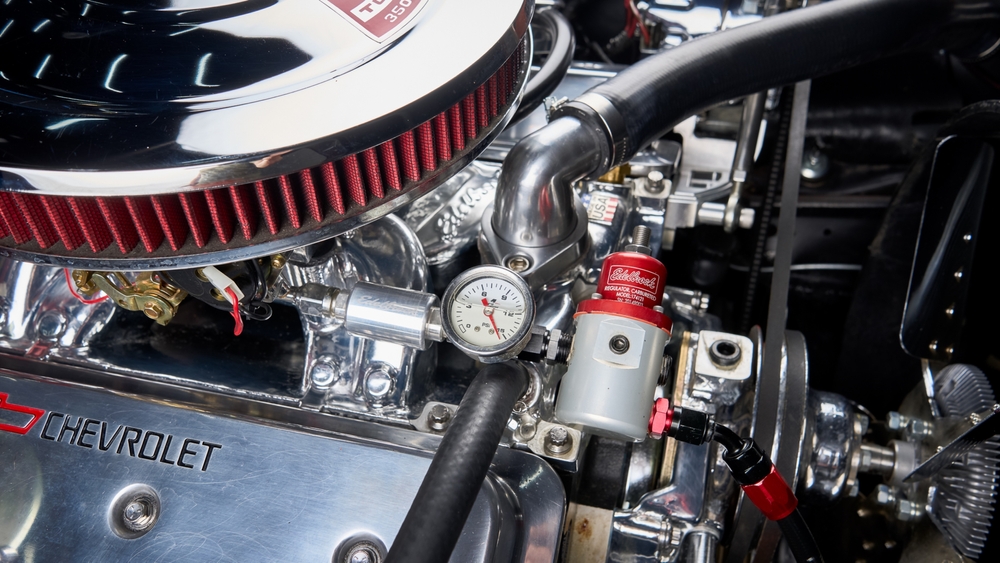
Aftermarket fuel pressure regulators are often marketed as a way to improve fuel delivery and engine performance. However, unless you’re heavily modifying your engine, the stock regulator is usually sufficient. Improperly adjusted aftermarket regulators can lead to fuel starvation or flooding, both of which can damage your engine. For most vehicles, this upgrade is unnecessary and potentially harmful.
This article originally appeared in MyCarMakesNoise.
More from MyCarMakesNoise
20 Most Memorable Lamborghini Supercars Ever Made

Lamborghini has a legacy of crafting some of the most iconic supercars the world has ever seen. From sleek designs to groundbreaking performance, each model has left a lasting impression on automotive enthusiasts. Read More
25 Underrated Sports Cars from the Past You Need to Know About

When it comes to classic sports cars, some models get all the glory, while others quietly fade into the background. In this article, we’re shining a spotlight on 25 underrated sports cars from the past that deserve more recognition. Read More
20 Groundbreaking Concepts Shaping Modern Car Design

In the ever-evolving world of automotive design, innovation is key to staying ahead. Modern cars are being shaped by groundbreaking concepts that enhance performance, safety, and aesthetics. Read More














